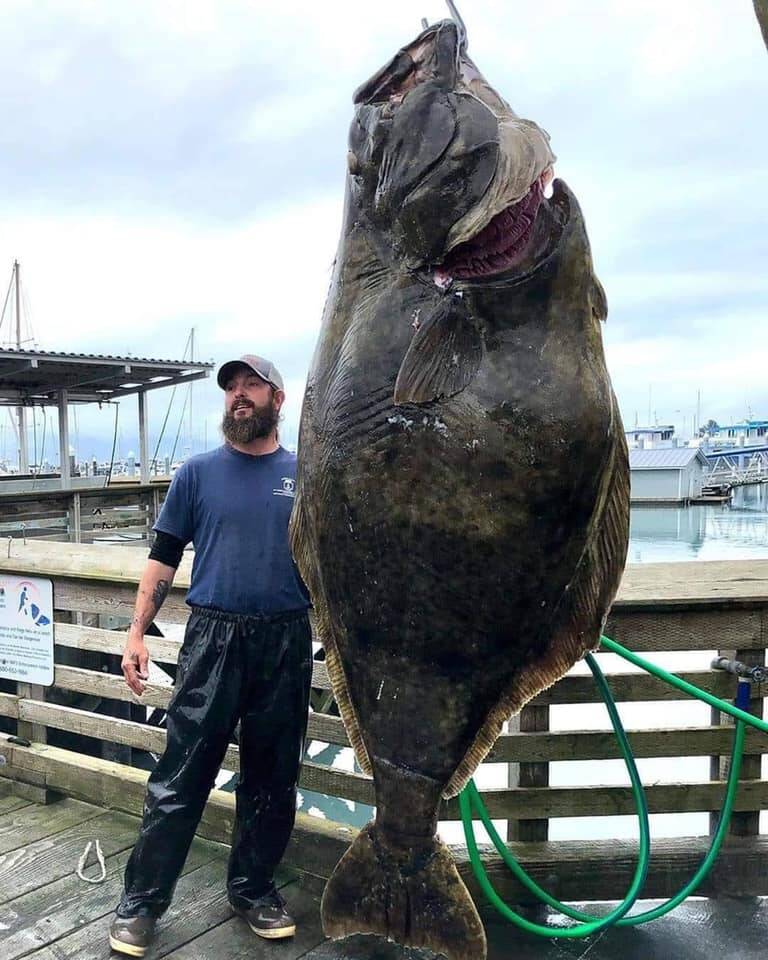Sportsman’s Quest: Search for the ‘unknown’
The adventure of the unknown still exists while fishing. One never knows what will be attracted to a bait from the unseen depths.
Adrenalin rushes through the nervous system, triggering a muscle reflex; it’s hooked and “hook up” is shouted. The primordial struggle with nature’s unknown begins, the anticipation of hearing, “I see color.”
As the fish is first visible from the depths, a second adrenalin rush is released. To be able to finally identify the fish, the excitement is enhanced and the fear of losing a desired species sets in.
This is the best of fishing: the unknown.
There was a time, not so long ago, when the hunt would be a quest of this sort. The hunter would never be sure what prey would cross his path, leading to the anticipation of adventure, and meat for the table.
That anticipation no longer exists, outside of just a few African countries, due to the limited number of hunting tags and a lottery system which determines what one is able to hunt.
This is a primary reason the popularity of fishing has increased to such a great extent. The quest for adventure is still alive.
This popularity and the reality of air travel has made this search even more popular as sportsmen travel the world in search of the exotic and the anticipation of the unknown.
I’m personally drawn to the Central and South American tropics for its abundant sailfish, dorado, rooster fish, sharks and the royalty of all saltwater species, the marlin.
I’ve had excellent success with all of these. While fishing the Pacific waters of Nicaragua I’ve felt the muscle pain of fighting marlin, the disappointment of losing one, but also the joy of releasing a giant fish and seeing him disappear back into the black waters from which he came.
And always, it’s the unknown.
In South America it is peacock bass, piranha, and giant catfish in freshwater rivers and lakes. It seems every fish has teeth, with piranha being the popular example, but others have dentition of even greater significance.
The amazing Amazon and its tributaries are a prime example of big water, big strange fish, and with each cast, the unknown.
Africa’s tiger fish has even the piranha outclassed; they’re at the top of my to-do list. These are rivaled, but not outdone by the shark/barracuda capital of the world, Australia. With its reefs and deep trenches, it’s truly a place of the deep-water where species that have never been seen by man have been caught from the deepest of waters.
Better known, and more traveled, is the Canada/Alaska Pacific coast with its several varieties of salmon, huge cod, snapper and even larger halibut, weighing in the hundreds of pounds. My favorite from the deep, however, are the monster ling cod (big teeth again) with 40-50 pounders common. They come to the surface like true movie monsters from the black depths. They’re my favorite table fish too. It’s bottom fishing at its best with each cast delivering - the unknown.
Closer to home is the California/Baja connection. With boats leaving daily out of San Diego it’s a fisherman’s paradise. From short trips for tuna, sea bass and bottom fish, to extended trips south for giant bluefin tuna and all of the warm water species like dorado, barracuda, giant grouper, and always – the unknown.
For West Coast sails, marlin and the exotics, it’s hard to beat Cabo during the winter months. The best part of both of these California areas, north and south, is they are within reach of a long weekend.
So, need a break? Want to get away? Go and enjoy the adventure, but when you get back let me know what you’ve found.
For more information on California waters go to H&M Landing www.hmlanding.com.
If you have a story or something to share, email me at sportsmansquestdan@gmail.com
Recipe of the Week
I am purposely not including a recipe for sailfish, marlin, swordfish or other billed fishes because they have been over-fished commercially to an extent that many are not to be found in their original habitats, and besides all tend to accumulate mercury in their tissues to a greater extent than other salt water species. So, let’s leave them for the sport fisherman and “catch and release” fishing. Their economic value to local communities is much greater than their short-term value as a food fishery.
Mahi Mahi, also known as dorado, and dolphin fish are much better table fare, as are most tuna, cod and halibut. This recipe is an old family secret obtained from a Guatemalan friend, so enjoy it, but keep it our secret.
“Maria Conchita’s Spicy Dorado”
Four 6-oz. skinless dorado fillets; 3 green onions (white and small part of green, sliced thin; 2 Tbsp. soy sauce; 3 Tbsp. brown sugar; 3 Tbsp. lemon juice; 1 Tbsp. wasabi powder; 1 Tbsp. olive oil; ¼ cup good white wine (reserve rest for enjoying later); 2 Tbsp. vegetable oil.
Combine all ingredients except vegetable oil in small saucepan, cook on low heat until brown sugar is dissolved, let cool; place in zip-top bag with fish and place in refrigerator for four hours, turning at least twice; remove from marinade and pat dry; place marinade in saucepan, bring to a boil and cook until reduced by one third; pour vegetable oil into hot skillet; cook fillets to desired doneness; place fish on bed of rice and pour sauce over; serve with a nice cucumber salad.
Dan Simmons lives in Pahrump. His columns appears in the Pahrump Valley Times on the first Fridays of each month.




















